#PersonalLuxuryCars
Rare Rides Icons: The Cadillac Eldorado, Distinctly Luxurious (Part VIII)
In our last installment of Rare Rides Icons, we noted exterior visual differences between the Eldorados of 1953 and 1954. While the first Eldorado wore bodywork unique to the model, the second generation relied on trim and some badging to justify its price increase over the lesser Series 62. Today we slide into the Eldorado’s leather-clad interior to see how things fared in the transition to a mass-produced model.
Rare Rides Icons: The Cadillac Eldorado, Distinctly Luxurious (Part VII)
We return to the Cadillac Eldorado saga today by popular demand. In our last entry, we delved into the engineering and platform changes that arrived for the entire Cadillac line in 1954. In short, the same C-body platform continued in use for Series 62, Sixty Special, and Eldorado with new bodywork and additional standard features. Eldorado was repositioned in ‘54 to become mass market, and lost its unique styling. That meant visual differences between it and the lesser Series 62 convertible were down to pieces of trim.
Rare Rides Icons: The Cadillac Eldorado, Distinctly Luxurious (Part VI)
As we learned in our last installment, when the second generation Eldorado debuted in 1954 it was repositioned at Cadillac. No longer was it an ultra expensive and largely hand-built conveyance for a select few who could afford it. Rather it appeared as a sort of premium trim package on top of the company’s bread and butter Series 62. No unique body panels, no special interior design, no single-model windshield. Was there much left to differentiate Eldorado from its sibling?
Rare Rides Icons: The Cadillac Eldorado, Distinctly Luxurious (Part V)
Of the three high-dollar, limited-production two-door convertibles GM debuted in 1953, Cadillac’s Series 62 Eldorado was far and away the most expensive. With its drop-door styling, a loaded interior covered in additional leather, and a sky-high $7,750 price tag, Eldorado was out of the reach of the majority of consumers. And though it sold only 532 examples, GM felt the model’s future was bright. That is if they could just cut the asking price down to something more reasonable. Enter the all-new 1954 Eldorado, swimming in a sea of fins.
Rare Rides Icons: The Cadillac Eldorado, Distinctly Luxurious (Part IV)
In our last Eldorado entry, we discussed the exterior differences between Cadillac’s standard Series 62 convertible and the limited production Eldorado. Visual differences were few, and limited to a revised window line via “drop door” sheet metal, and a wraparound windshield that was fitted only to the Eldorado in ‘53. There were interior differences too, though they didn’t quite add up to the “specially designed instrument panel” claim in the marketing.
Rare Rides Icons: The Cadillac Eldorado, Distinctly Luxurious (Part III)
Rare Rides Icons: The Cadillac Eldorado, Distinctly Luxurious (Part II)
We began our journey through 50-plus years of the Cadillac Eldorado last week. Conceived as a new high-end convertible in the years leading up to the personal luxury car, the Series 62 Eldorado “sports convertible” wore unique sheet metal to all other Cadillac models in 1953. Joined that year by the Oldsmobile Ninety-Eight Fiesta and Buick Roadmaster Skylark, the trio represented GM’s new high-cost, low-volume halo convertible experiment. Unlike later examples of two-door vehicles from the three most expensive GM brands, these three were not the same underneath.
Rare Rides Icons: The Cadillac Eldorado, Distinctly Luxurious (Part I)
After completing our extensive Rare Rides Icons coverage of every Lincoln (Continental) Mark between 1939 and 1998, it seems only fair we cover the Mark’s arch-rival in a similar fashion. Though the General Motors competition arrived long after the Continental name was applied to a Lincoln, its history is equally varied and interesting. Come along as we learn about another luxurious subject: the Cadillac Eldorado.
Rare Rides Icons: The Lincoln Mark Series Cars, Feeling Continental (Part IX)
Our Lincoln Mark Series coverage continues today, and we pick up at the end of 1958. After Ford dumped many millions into the Continental Division and quickly shut it down, the company then spent a lot more money to develop an all-new unibody platform for Lincoln’s usage. In an attempt to woo customers away from Cadillac, the new Lincolns for 1958 wore some of the most shocking styling ever to come from Detroit.
All three of Lincoln’s new “models” were really just trim levels of the same car. Said models included Capri, Premier, and the top-tier Continental Mark III, which was not a Continental except in trim badges. At least it had a Breezeway window! At the 1958 launch of Lincoln’s new unibody line there was a steep recession across the globe, as lots of Americans decided they didn’t actually need a new car every year or two. Nevertheless, the Continental Mark III made up 62 percent of Lincoln’s sales that year. Lincoln veered off on a revised course in 1959, hoping to improve its lot with some more “new” models.
Rare Rides Icons: The Lincoln Mark Series Cars, Feeling Continental (Part VIII)
With the Continental Division dead, a cost-weary and (newly) publicly traded Ford Motor Company headed into the 1958 model year determined to unveil a solid luxury car showing against its primary rival, Cadillac. However, the “Continental Mark III by Lincoln” was a Continental in name only: It wore the same metal and was produced at the same new factory, Wixom Assembly, as the rest of the Lincoln models (Capri, Premiere) that year.
Brass at Ford hoped the Continental name on the Mark III would make customers believe it was something special, like the Cadillac Eldorado with which it competed. As mentioned last time, aside from its Continental name, the Mark III for 1958 used One Simple Trick to lure buyers into its leather seats: a Breezeway window. First up today, pricing problems.
Rare Rides Icons: The Lincoln Mark Series Cars, Feeling Continental (Part VII)
The Continental Division was in a very difficult place when it designed an all-new Mark III as the (sedan only) replacement for the slow-selling and super expensive Continental Mark II coupe. As we learned last time, shortly after the Mark II went on sale the Continental Division was already on its last legs. It continued to lose money hand over foot after Ford’s huge initial investment and was doomed to a quick closure.
And so it was the 1956 and 1957 Mark IIs became the only Continental Division product and the only Marks that were hand-assembled in a factory-built, especially for Continental. After Continental’s closure, Ford’s new VP of passenger vehicles Lewis Crusoe quickly dismantled the division and integrated its employees into Lincoln. The Continental factory became the Edsel factory, and the three extant Mark III prototypes became a burden.
Rare Rides Icons: The Lincoln Mark Series Cars, Feeling Continental (Part VI)
We pick up the story of Lincoln’s Mark series cars once again today, at a low point in the coupe’s history. The intensely expensive development and launch of the new Continental marque arrived at exactly the wrong time for Ford.
Shortly after the family-owned company spent $21 million ($227 million adj.) on the launch of its new super-luxury brand, the company had its IPO. That meant the big money poured into the black hole that was Continental was visible to everyone who cared to see, including shareholders. The pressure was just too much, and the Continental brand was canceled in 1956 by Henry Ford II, just a year after the Mark II entered production.
But let’s back up a year, right as the Mark II went on sale. Management of the Continental Division knew the singular, hand-assembled model was not enough to keep the company going. They needed to save and make more money, and fast.
Rare Rides Icons: The Lincoln Mark Series Cars, Feeling Continental (Part V)
We arrive today at the fifth installment of our Rare Rides Icons coverage on the Lincoln Mark series cars. Thus far we covered the first Continental of the late Thirties, and Ford’s desire to go ultra luxury with the Mark II sold under the newly minted Continental Division. The Mark that debuted for the 1956 model year was Mid-century in its styling, built of top quality components, and constructed in a methodically controlled manner via a QC program that consisted of seven initiatives.
It was time to put the new Continental Mark II coupe on sale.
Rare Rides Icons: The Lincoln Mark Series Cars, Feeling Continental (Part IV)
We return to our Lincoln Mark series coverage today, in the midst of learning about the first Mark of the line, the Continental Mark II. The Mark II aimed to carry on the tradition set by the gracious Continental of the Forties, and take Ford to new heights of luxury, desirability, price (and thus exclusivity), and quality. The latter adjective is where we’ll focus today; it was certainly the focus of the folks at the Continental Division prior to the Mark II’s release.
Rare Rides Icons: The Lincoln Mark Series Cars, Feeling Continental (Part III)
Today finds us at the third installment in our coverage of the Lincoln Mark series cars. So far we’ve covered the original Continental that ran from 1939 to 1948 and learned about the styling decisions that made for the most excellent Midcentury Continental Mark II. The Mark II arrived to herald the birth of the new Continental luxury division at Ford. A division of Ford and not Lincoln-Mercury, Continental was established as the flagship of the Ford enterprise. We pick up circa 1952, with Cadillac.





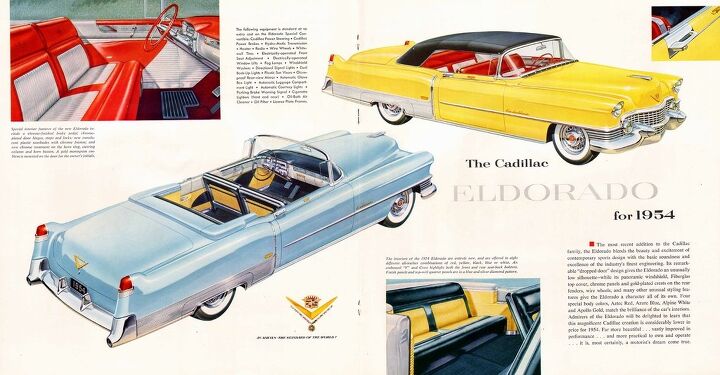
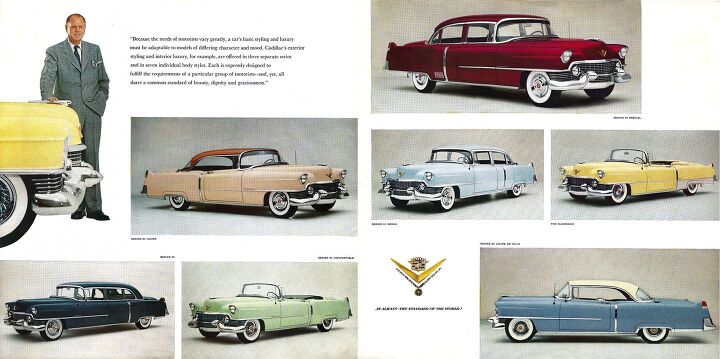

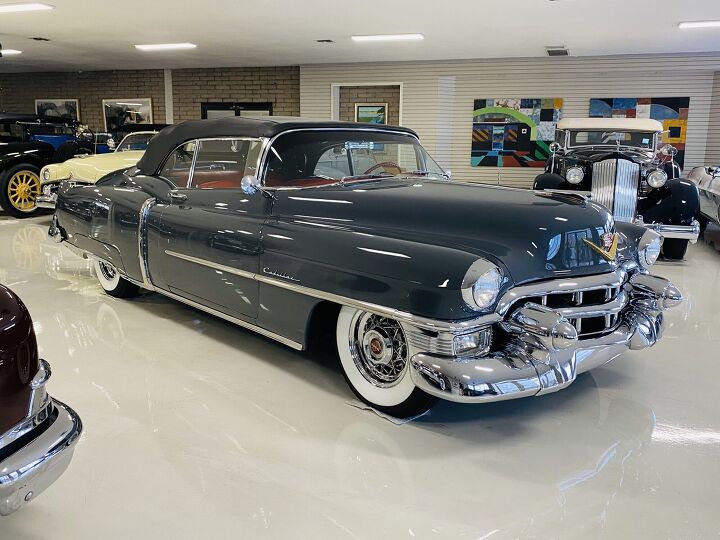
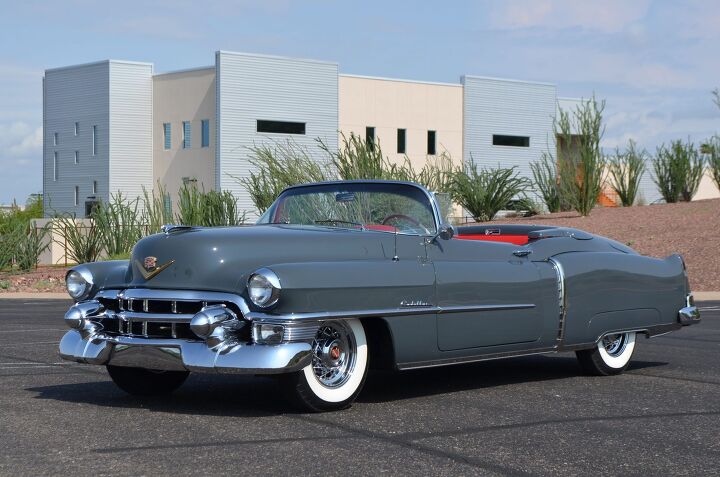




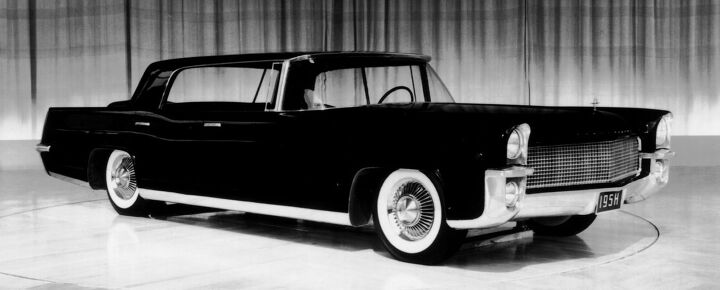
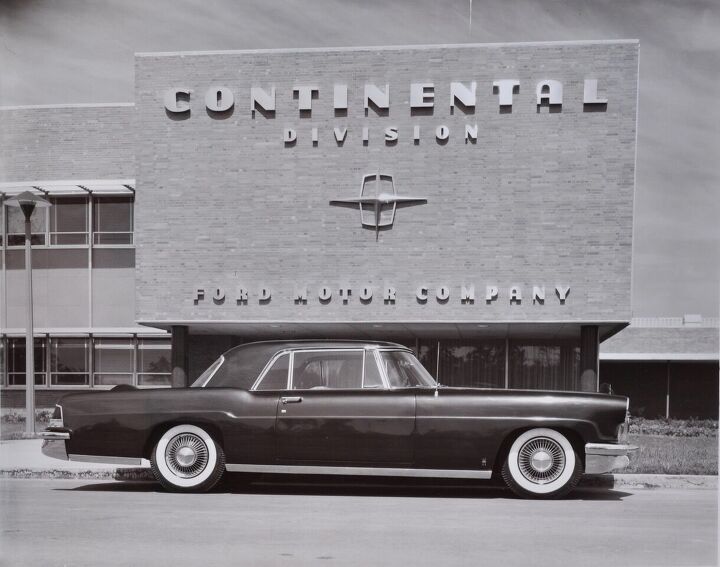
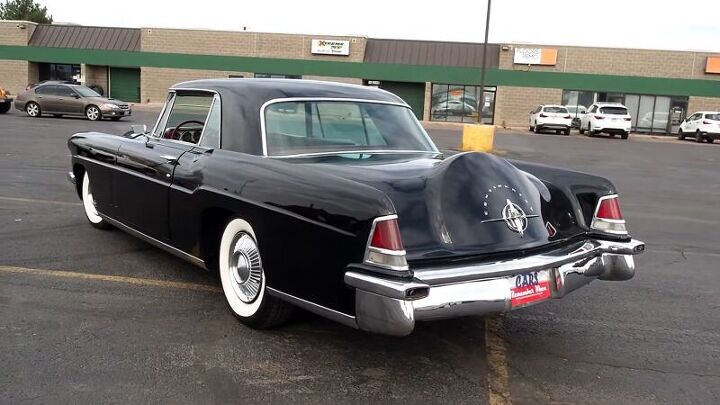













Recent Comments